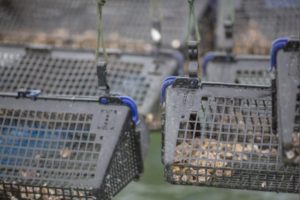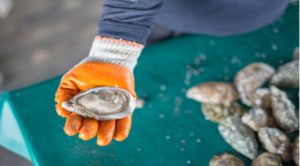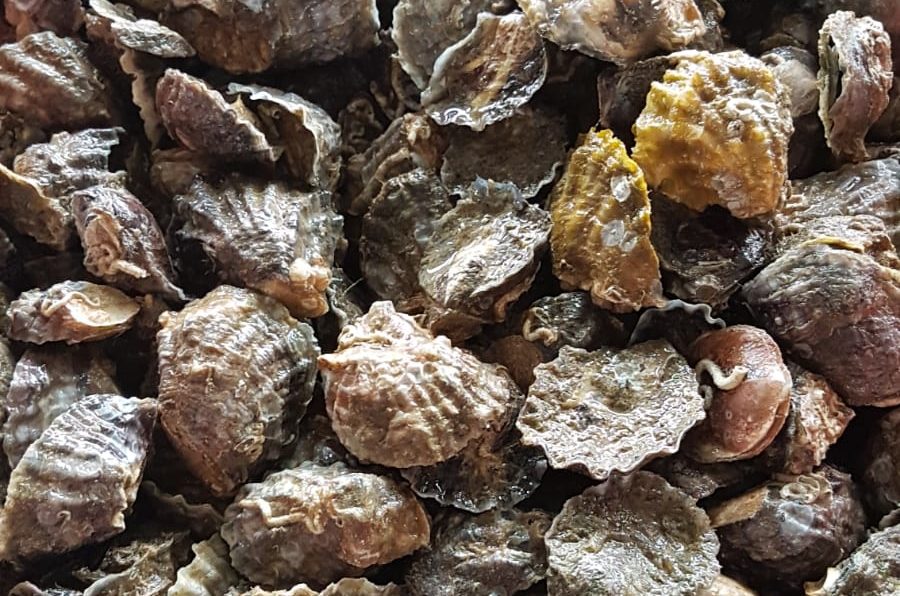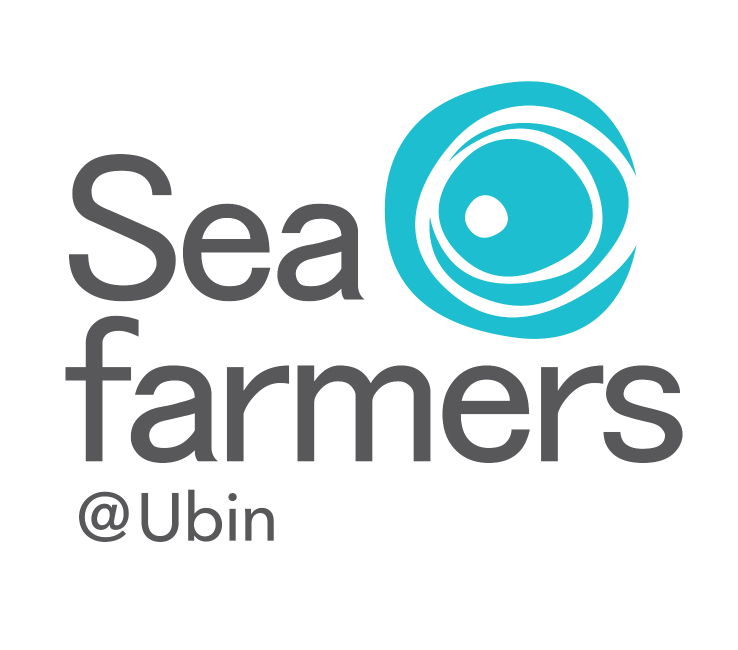Farmed Oysters are Better
Improve marine life
You have probably come across it a thousand times. It’s the notion that farmed meats are of a poorer quality as compared to wild caught/free-ranging ones. Think of chicken meat, pork, beef, but the same also applies to salmon and farmed cod. The animals’ living conditions and farming practices have an adverse impact on the quality of the food product. Not only is the product quality compromised but the residual high levels of methane, CO2 and other greenhouse gasses all contribute to global warming. On the contrary, farm-raised oysters are perceived as considerably higher quality than wild oysters.
Oysters are filter feeders. An adult oyster can filter 5 liters of water per hour. While doing so, they filter out nitrite which is harmful for marine life. Plainly put, having oysters in the sea is better for the environment. The water is cleaner and more livable when there are more oysters present that filter the water and neutralize nitrite. Naturally, you will find more fish and other marine life in and around an oyster farm. Oyster growers put oysters back into the water, adding these nitrite neutralizers, while wild oysters are taken away from the sea. In other words, farming oysters play an important role in improving marine life.
Deep cup, premium quality oysters
Lying on the seabed, wild oysters have to fend for themselves as they are exposed to the elements and predators. It is for this reason that they tend to grow a thick shell for protection and increase survival. That is good for the oyster but not good for oyster lovers. Wild oysters have thicker shells and less meat content. On the other hand, there is the farmed oyster. It is kept in a cage where it is shielded from predation.

From time to time it is attended to, to ensure good growth. Those oysters can afford to grow less thick shells and instead focus their energy on growing meat. Therefore, farm-raised oysters generally have higher meat content. In the seafood industry they are considered to be of a higher quality.

More on sustainability
Solar Power
Coastal sea farms are not connected to any electricity grid. Farms mainly rely on diesel generators for electricity. This adds up to the carbon footprint of their produce. Sea Farmers strive to produce high quality food, while minimizing the environmental load. In 2017 Sea Farmers completed the solar power system project.
It is a system tailored to our power needs. It is able to produce 1 kW power a day, which is sufficient to provide electricity to all farm equipment, power tools, and kitchen and other small appliances. For most of the year the farm runs on solar-powered batteries.
Chemical-free
Oyster farming does not require the use of any chemicals such as anti-biotics, fertilizers, fatteners. The animals feed on phytoplankton that occur naturally in the sea.
Tropical oyster culture
To grow the Pacific oysters, the oyster babies, or so-called, seeds, are flown in by air.Tropical oysters however, are endemic to Singapore’s marine environment. We are currently experimenting with tropical oysters in order to further lower the carbon footprint.


